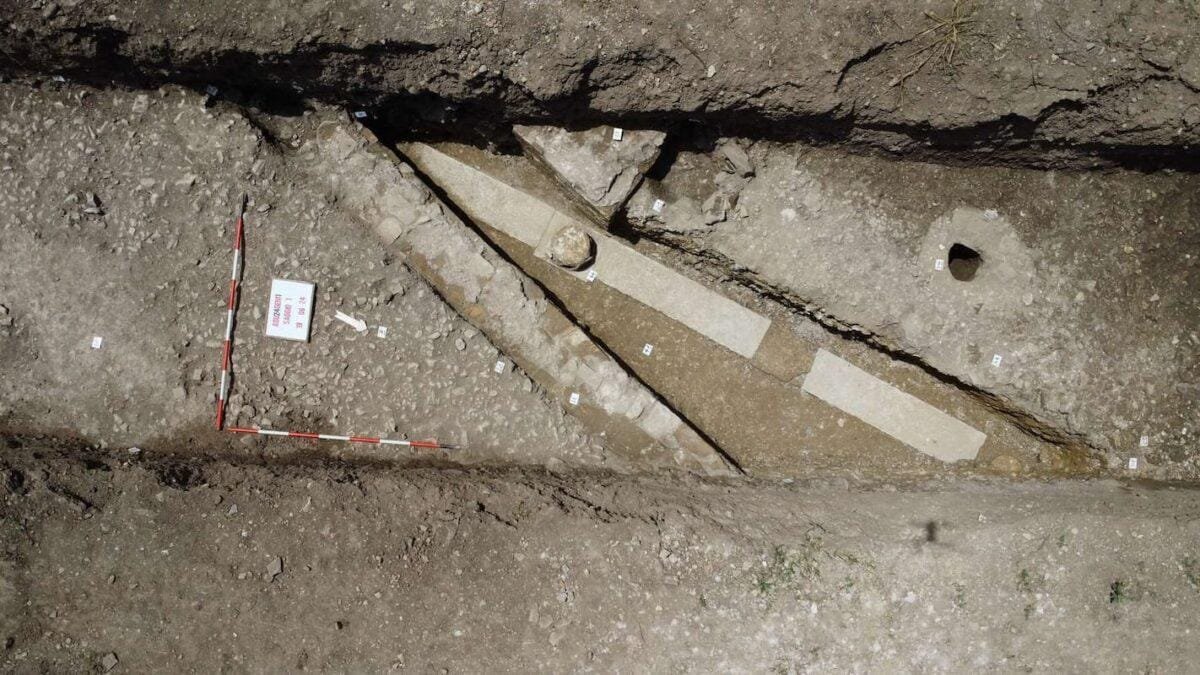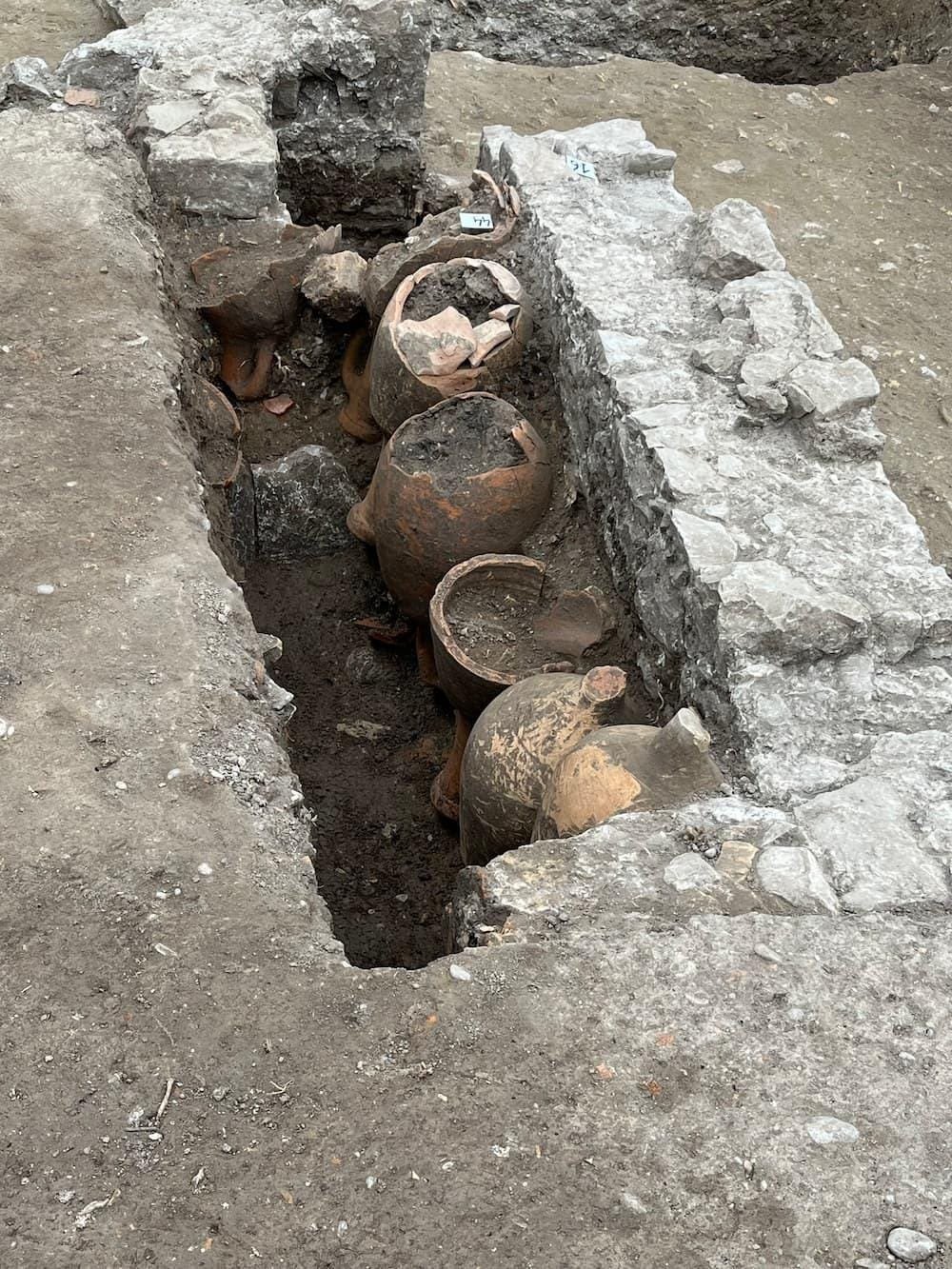Significant archaeological discoveries have been made near Monastero, a suburban area of Aquileia in northeastern Italy, during the construction of a new cycling path along the Via Gemina.
 Remains of Roman structures unearthed in Aquileia. Credit: Soprintendenza Archeologia, belle arti e paesaggio – Friuli Venezia Giulia
Remains of Roman structures unearthed in Aquileia. Credit: Soprintendenza Archeologia, belle arti e paesaggio – Friuli Venezia Giulia
This project, funded under the European Union’s Next Generation EU program and Italy’s National Recovery and Resilience Plan (PNRR), has uncovered Roman and Late Antique residential and production complexes, shedding light on the development and organization of one of the most important Roman cities in northern Italy.
The excavation project, commissioned by the Municipality of Aquileia to ArcheoTest s.r.l., has been overseen by archaeologist Dario Gaddi and conducted under the scientific direction of Serena Di Tonto from the Soprintendenza Archeologia, Belle Arti e Paesaggio del Friuli Venezia Giulia. The work began in January with 12 exploratory trenches confirming the high archaeological potential of the northern area of Via Gemina, a site first studied in the 19th century. Subsequent broader excavations were requested by heritage authorities to uncover the full extent and chronology of the findings.
Among the notable finds is a Roman-era residential complex featuring a preserved section of a peristyle—a colonnaded courtyard typical of Roman houses. Initially used for production, the site transitioned into agricultural use in Late Antiquity, possibly linked to a nearby monastery. This suggests evolving uses of the property over centuries, reflecting broader changes in the region’s economic and social organization.
 Drainage systems with amphorae unearthed in Aquileia. Credit: Soprintendenza Archeologia, belle arti e paesaggio – Friuli Venezia Giulia
Drainage systems with amphorae unearthed in Aquileia. Credit: Soprintendenza Archeologia, belle arti e paesaggio – Friuli Venezia Giulia
Another building, believed to have been a grain processing facility, included evidence of a large grinding stone and deep grooves on the floor caused by prolonged use. The excavations have also revealed advanced drainage systems constructed with amphoras and a funerary area containing a ceramic pot with bone remains and ashes, dating to a later phase when the site was repurposed as a cemetery.
Aquileia, a UNESCO World Heritage Site, was a major Roman commercial and military hub connecting Rome with the cities of Emona (Ljubljana) and Tergeste (Trieste). While earlier excavations in the northern suburb primarily uncovered monumental necropolises, this latest project has revealed rare residential and productive structures.
 Remains of a Roman cereal mill unearthed in Aquileia. Credit: Soprintendenza Archeologia, belle arti e paesaggio – Friuli Venezia Giulia
Remains of a Roman cereal mill unearthed in Aquileia. Credit: Soprintendenza Archeologia, belle arti e paesaggio – Friuli Venezia Giulia
Mayor Emanuele Zorino said: “The remains of Roman-era residential buildings with colonnades and porticos, along with evidence of cereal processing activities, greatly enrich our understanding of the fascinating development of the Roman city and its suburbs. It is crucial to protect and, if possible, enhance some of these structures for future generations.”
Soprintendenza Archeologia, belle arti e paesaggio – Friuli Venezia Giulia





